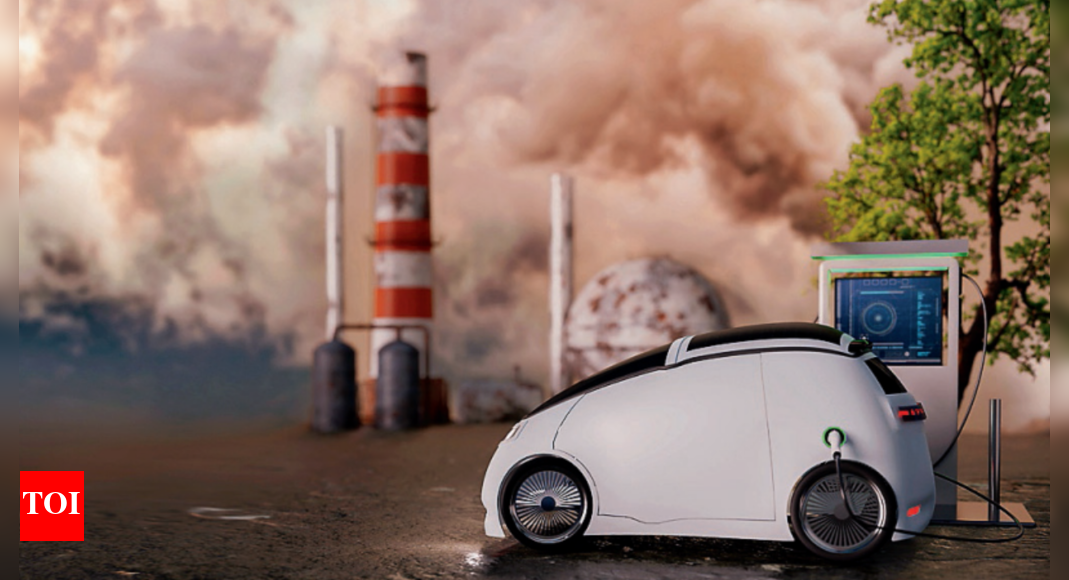Now Reading: Lucknow Advances Green Goals with EVs and Cleanliness Drives
-
01
Lucknow Advances Green Goals with EVs and Cleanliness Drives
Lucknow Advances Green Goals with EVs and Cleanliness Drives

Quick Summary
- Air Pollution Decline: Air quality in Lucknow showed betterment compared too the pre-monsoon period of 2024, according to a report by CSIR-Indian Institute of Toxicology Research (CSIR-IITR) released on world Surroundings Day.
- Assessment Locations: Nine localities were monitored, covering four residential, four commercial areas, and one industrial zone.
- Pollutant Levels and Trends:
– PM2.5 levels ranged from 68.3-114.5 micrograms per cubic meter this year, marking a decline from last year’s range of 70.6-138.6 micrograms.
– Residential areas recorded PM10 concentrations ranging from 117.2-131.3 micrograms; commercial zones like Charbagh reported the highest levels at 187.6 micrograms per cubic metre.
– Despite improvement, pollution levels remain above National Ambient Air Quality Standards (NAAQS) safe limits: PM10 (<100) and PM2.5 (<60).
- Contributing factors: Increased construction activities combined with loose soil during dry summer months added dust pollutants; however, a rise in personal EV usage has contributed positively to air quality.
Indian Opinion Analysis
Lucknow’s gradual improvement in air pollution is an encouraging sign amidst rising concerns about urban environmental sustainability across India’s cities. The adoption of electric vehicles reflects growing public awareness towards lasting choices and may considerably contribute to reducing vehicular emissions long-term if scaled further.
However, challenges remain as pollution metrics across all measured zones consistently exceed permissible limits prescribed by NAAQS – highlighting that infrastructure developments like construction still pose considerable risks for healthy air composition during summer months.
To fully capitalize on evolving trends such as EV use and cleanliness campaigns, city planners must complement these efforts with strategic policy interventions targeting improved dust control measures at construction sites and stricter enforcement against fuel-based vehicular emissions for broader compliance with cleaner-air goals.























